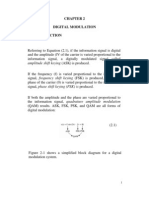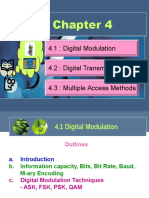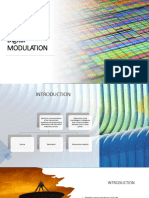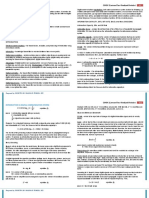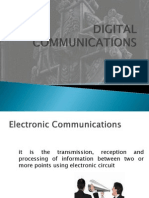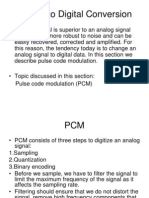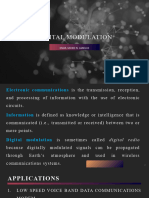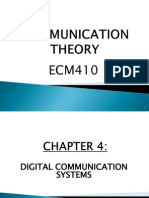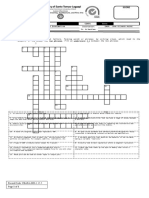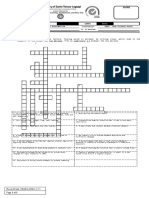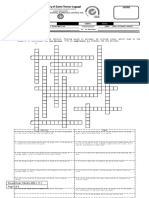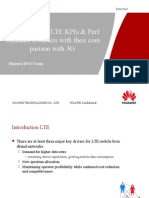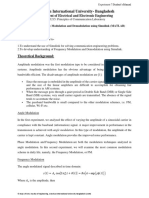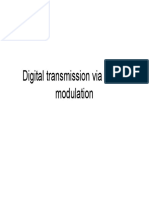0% found this document useful (0 votes)
116 views14 pagesDDC Module 2
This document provides information about a flexible education module on digital modulation techniques. It includes instructions for students to pause and pray before starting, have daily meetings to discuss topics via Zoom, and upload assignments to Facebook. The module introduction focuses on digital modulation techniques and their learning outcomes over an estimated 6 hours. Topics covered include digital modulation methods, information capacity, bits, bit rate, baud, and M-ary encoding.
Uploaded by
RichardsCopyright
© © All Rights Reserved
We take content rights seriously. If you suspect this is your content, claim it here.
Available Formats
Download as DOCX, PDF, TXT or read online on Scribd
0% found this document useful (0 votes)
116 views14 pagesDDC Module 2
This document provides information about a flexible education module on digital modulation techniques. It includes instructions for students to pause and pray before starting, have daily meetings to discuss topics via Zoom, and upload assignments to Facebook. The module introduction focuses on digital modulation techniques and their learning outcomes over an estimated 6 hours. Topics covered include digital modulation methods, information capacity, bits, bit rate, baud, and M-ary encoding.
Uploaded by
RichardsCopyright
© © All Rights Reserved
We take content rights seriously. If you suspect this is your content, claim it here.
Available Formats
Download as DOCX, PDF, TXT or read online on Scribd
/ 14




